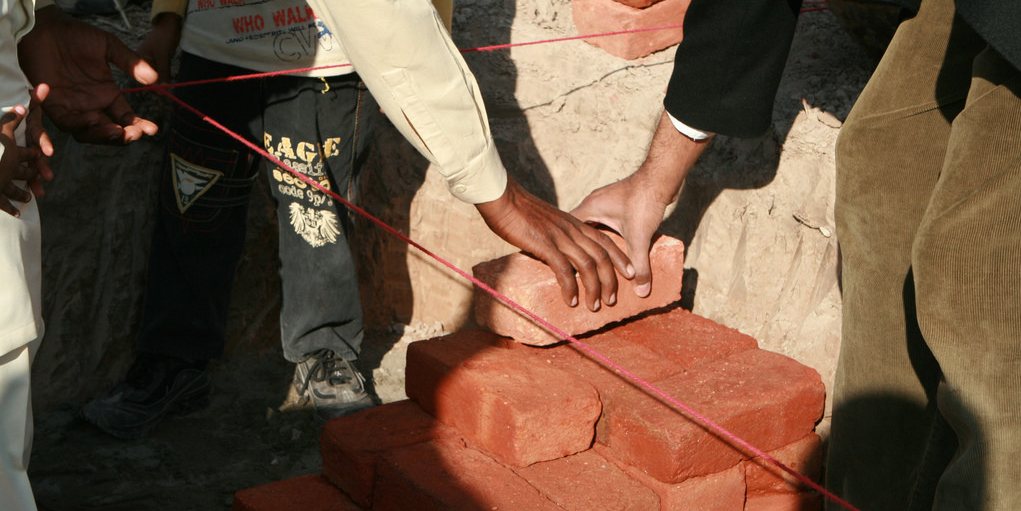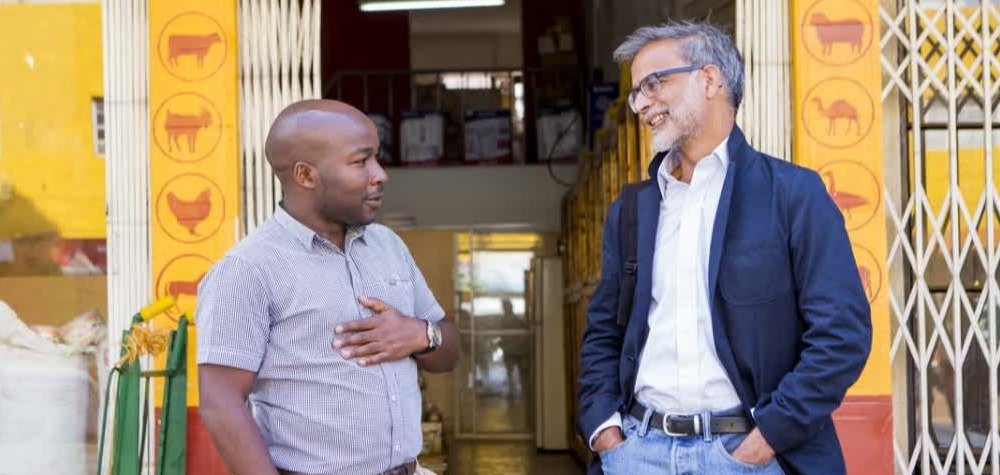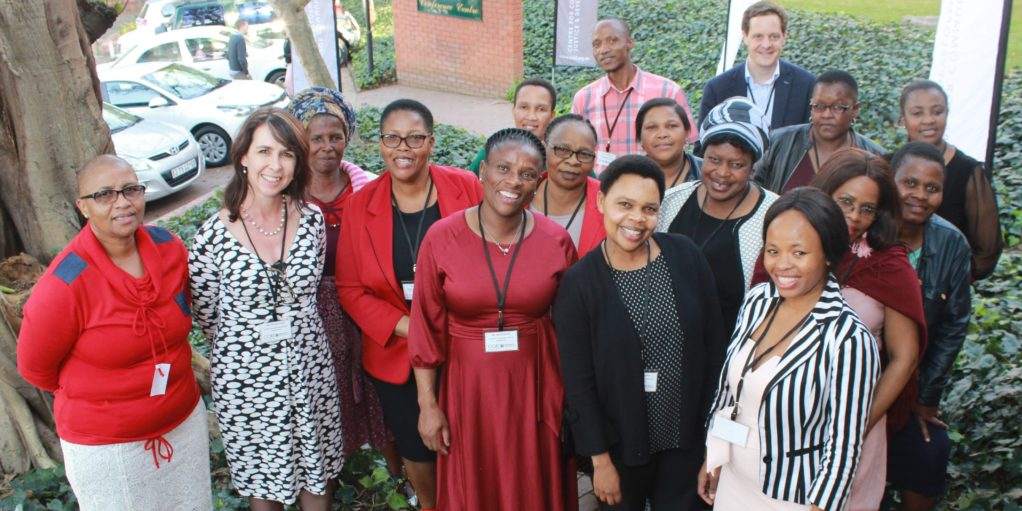Build Your Business
Social enterprise: How to uncover original ideas using the social business model canvas
A business model ultimately centers around the people you serve and how you serve them
June 11, 2018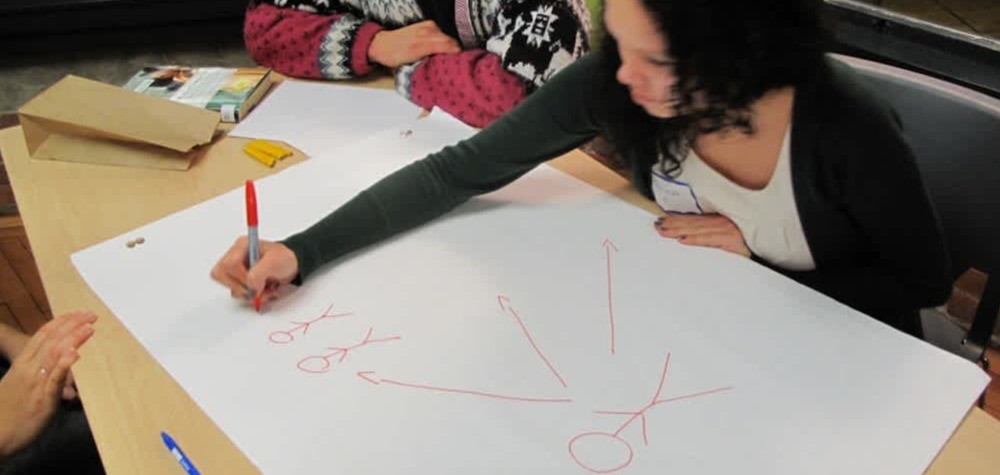
With the rise of methodologies like Lean Startup and tools like the Business Model Canvas, entrepreneurs are working to develop new business ideas more quickly, cheaply and hopefully more successfully than ever.
But What is a Business Model?
A business model ultimately centers around the people you serve and how you serve them.
The pursuit of the ideal business model.
How can you open up your perspective to innovative and original ideas?
As it turns out, the three main areas of the business model - creating, capturing and delivering value - are a useful starting point for opening your eyes to new possibilities that may not have organically presented themselves.
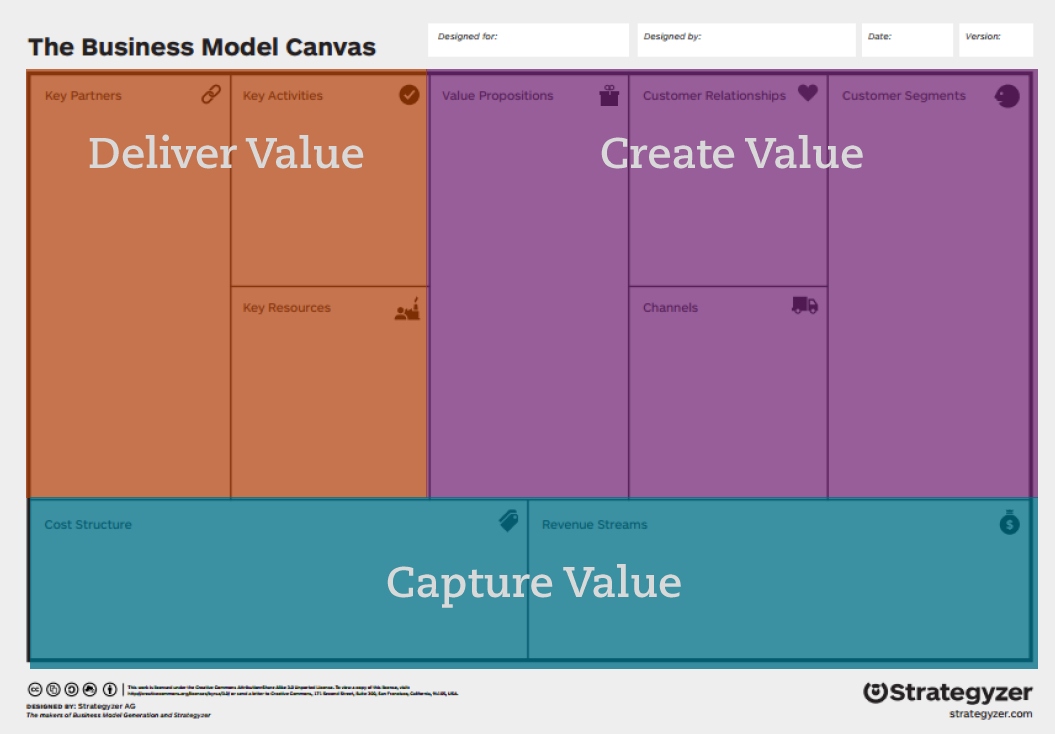
Creating value
To come up with original ideas around creating value, ask yourself:
How can my social enterprise improve the design and benefits of our product, service or platform in order to meet the specific needs of the customers we work with (while considering the multiple customer segments we serve)?

Capturing value
To come up with original ideas around capturing value, ask yourself:
How can my social enterprise adjust the way we generate revenue, our pricing, or our cost structures involved in delivering the product or service?
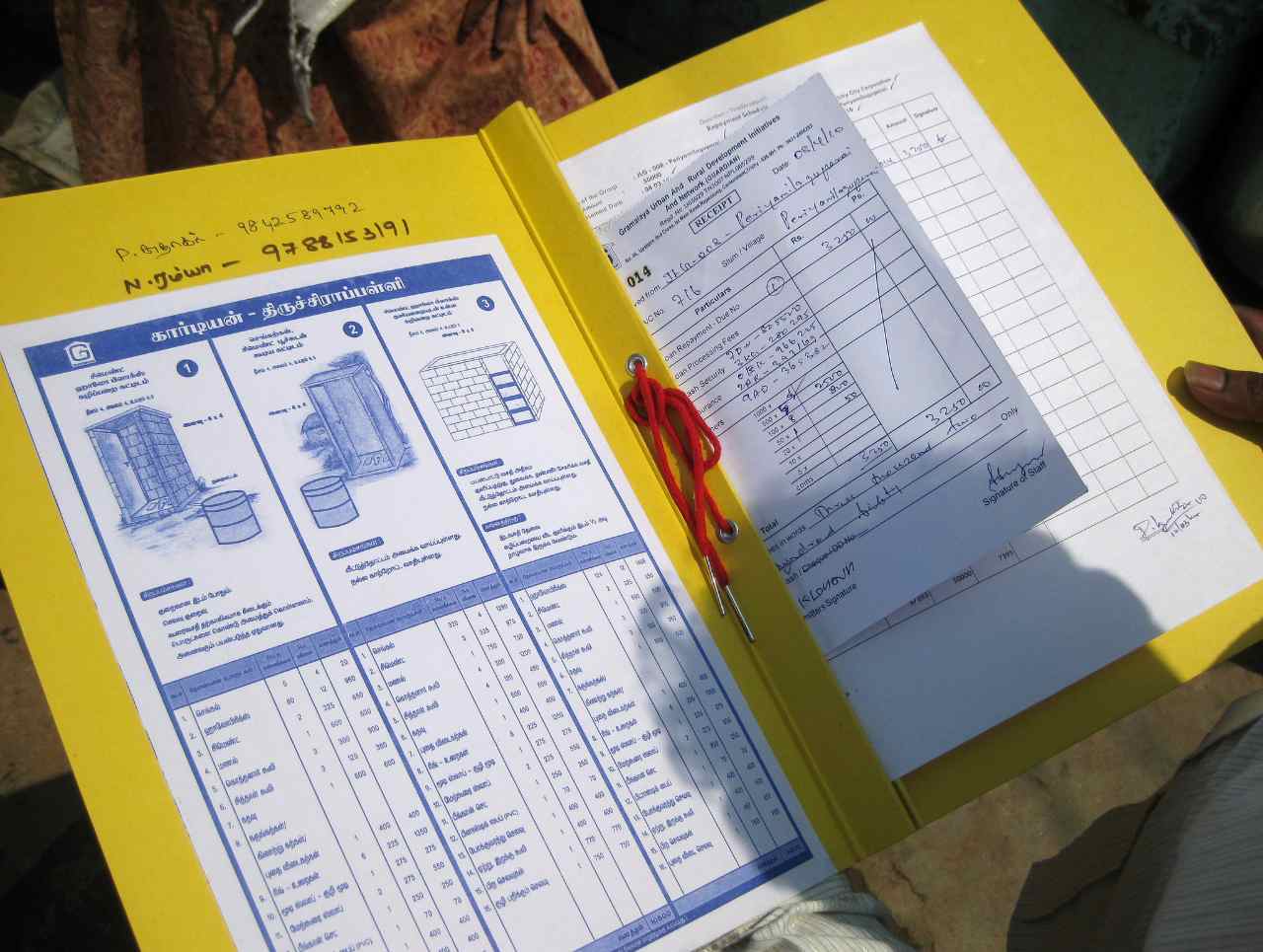
On shifting cost structures:
Delivering value
To come up with original ideas around delivering value, ask yourself
How can my social enterprise design the value chain differently, or use new distribution systems used to make a product, service or platform more accessible?
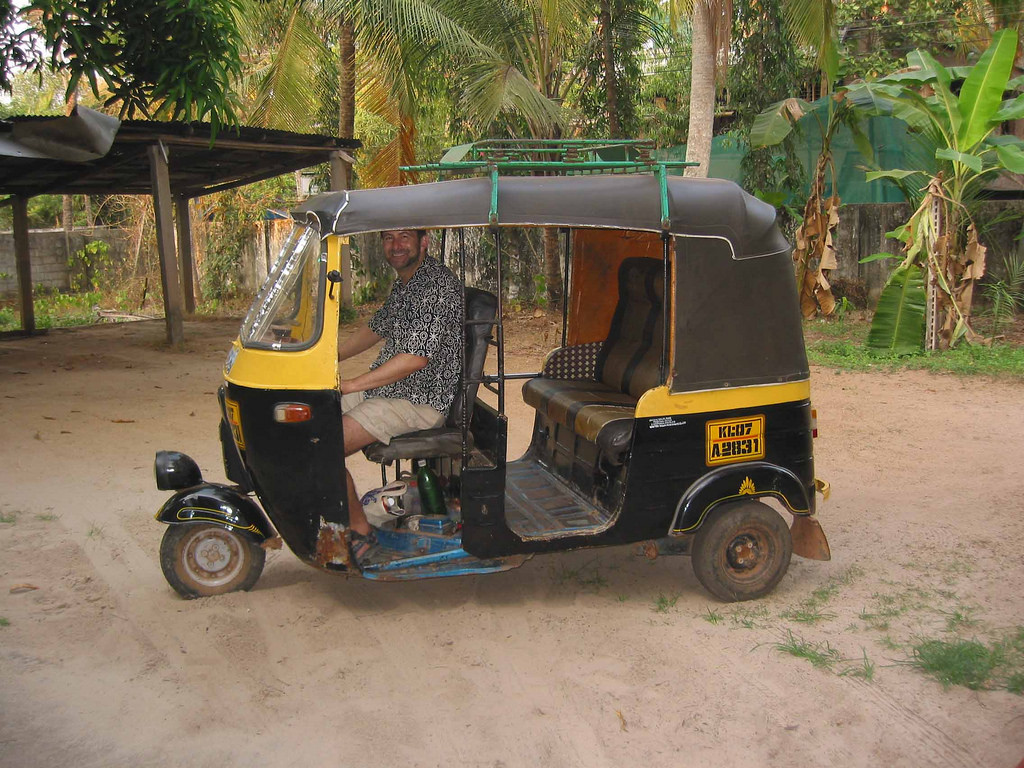
A small re-frame in thinking about how to create, capture or deliver value can dramatically shift the model as a whole.

Author
Danielle Sutton
Danielle Sutton is the Content Animator at Acumen where she surfaces stories to inspire and activate social entrepreneurs. In an age of information overload, she believes in learning 'the right thing at the right time' to intentionally design impactful social enterprises. You can usually find Danielle digging into the Acumen course library, playing in the mountains, or exploring marketing on The Sedge blog.
